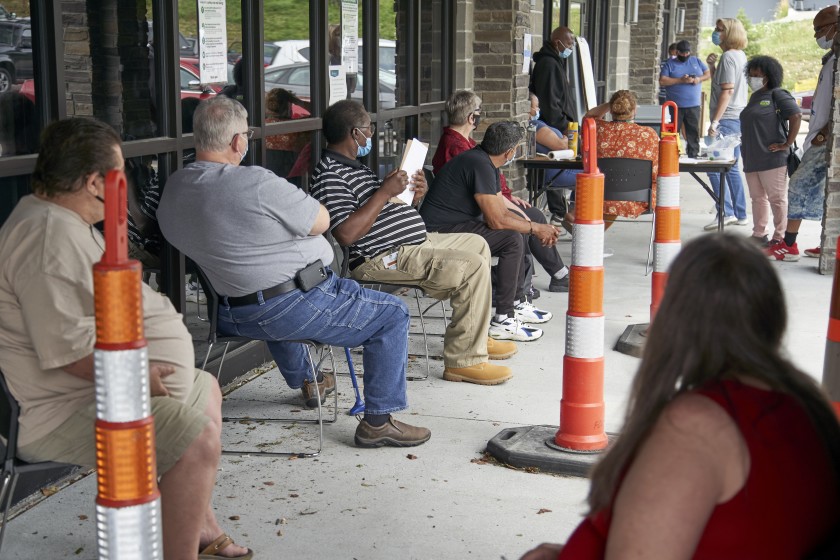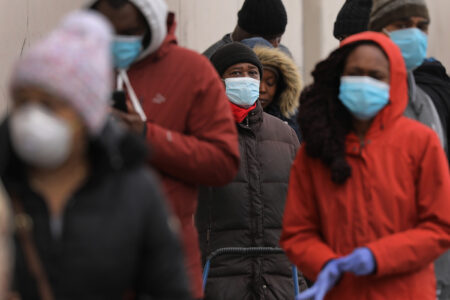Racial health disparities have been a long-standing phenomenon in American society, but the COVID-19 pandemic is exacerbating this difference.
On January 12th local time, the Federal Reserve Bank of New York released a report showing that ethnic minorities and low-income groups are suffering additional harm in the coronavirus epidemic due to poor primary health, low insurance coverage and high population density.

The African-American population in the United States accounts for 13.4% of the population of the United States, but the proportion of African-Americans in coronavirus deaths is as high as 16.4%.
In contrast, white people account for 76.3% of the total population of the United States, while only 60.9% of deaths. This shows that minorities are suffering disproportionately in the pandemic.
As early as the early stage of the epidemic, the incidence of many basic diseases among ethnic minorities and low-income groups in the United States was much higher than the average, which led to a higher risk of turning into severe or even death if infected with the novel coronavirus.
Health experts say this is because residents in low-income communities have difficulty in obtaining adequate medical resources, and expensive medical services are deterred.
Dr. Elaine Batchler, Chief Executive Officer, Martin Luther King Community Hospital, California (Dr. Elaine Batchlor) has said that the incidence of diabetes in low-income communities is three times that of other parts of California, the fatality rate of diabetes is 72% higher, and the average life expectancy is 10 years shorter than that of other parts of the state.
All of this is related to the lack of medical resources and staff in this community.



